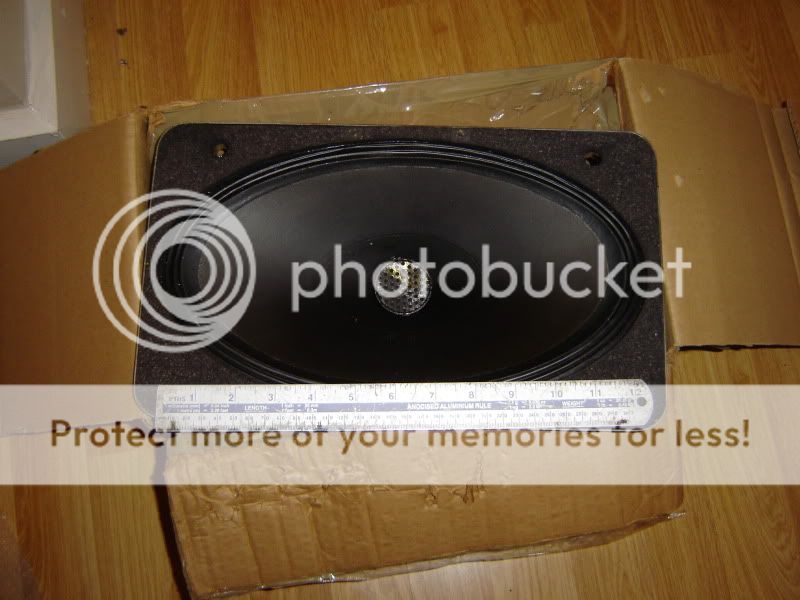Yank
Bulbous Also Tapered
Are these anything like yours?
http://images.google.co.uk/imgres?i...q=imf+professional+monitors+3&hl=en&sa=N&um=1
KEF B139, KEF B110, Celestion HF1300, Celestion HF2000.
In case you were not aware there are several types of HF1300, basically big magnet, small magnet, high and low impedance.
The B&W's, Spendor and I believe the IMF's use the large magnet 15 Ohm ones.
Small magnet ones are used in things like Celestion Ditton 10, 15, County. In my experience, they seem to be less robust (still pretty good though)
Isn't the uncovered supertweeter on the left a Coles?
I've got a set of NOS HF1300s and Coles from a B&W dealer's old spares, good for DM2A and DM4, and they're all 8-ohm units.
Also, retail HF1300s had a plastic cover over the rear of the magnet making it appear much larger, where the OEM ones had no covers. There were also front-mount and rear-mount versions of the 1300. I think the origins of the HF1300 were as tweeters for the old GEC Hugh Britten aluminum cone speakers of the 1950s.



